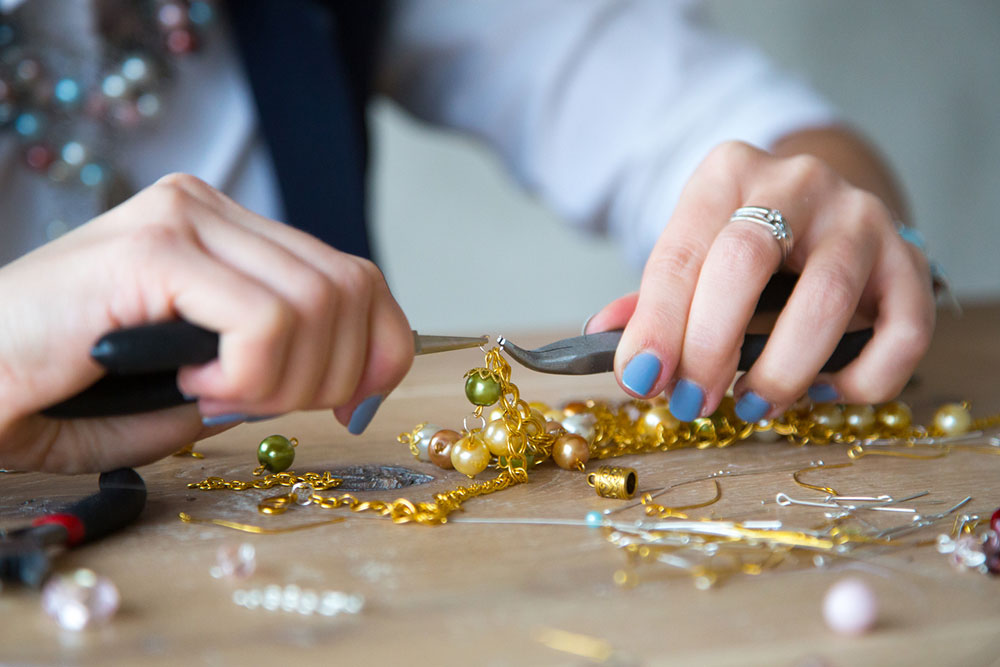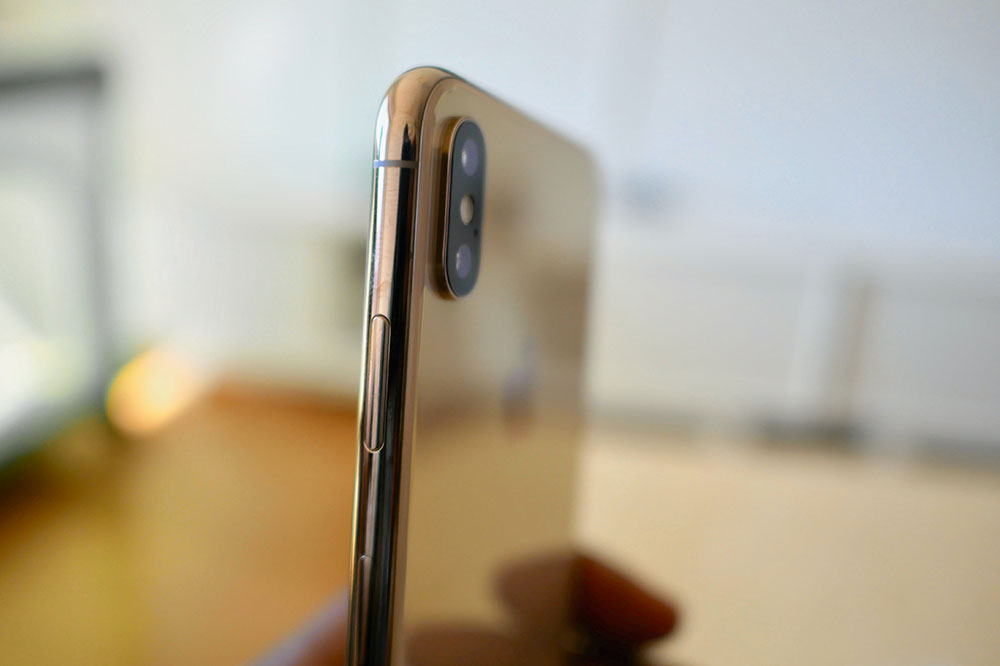8 health issues that may be caused by jewelry

Jewelry is a delightful way to express one’s style. It helps elevate one’s look and adds a dimension to the outfit. However, individuals should be mindful of the potential health implications associated with certain materials and styles. By being aware of these health hazards, individuals can make informed decisions to prioritize style and well-being. By balancing one’s fashion preferences with due consideration for personal health, one can simultaneously ensure one looks and feels good.
8 jewelry-related health issues to note
Risks of body piercing infections
While body piercings and jewelry can be a form of self-expression, improper care may lead to infections. Poorly sterilized piercing equipment or inadequate aftercare can contribute to complications. One can also have an allergic reaction to a piercing. Adhering to hygiene practices and opting for high-quality, hypoallergenic jewelry reduces the risk of infection.
Choking hazards for children
Children’s jewelry, especially pieces with small charms or beads, can pose choking hazards for children. Parents and caregivers should be cautious when selecting jewelry for young children, ensuring that it meets safety standards and doesn’t have small components that could be swallowed.
Neck and back strain from heavy necklaces
Long and heavy necklaces can contribute to neck and back strain, especially if worn for extended periods. The weight of the necklace can alter the natural posture and alignment of the spine, leading to discomfort. Opting for lighter necklaces or varying necklace lengths can help alleviate strain.
Potential for dental damage
Tongue or lip piercings, while trendy, can pose risks to dental health. Metal studs or rings in the mouth may accidentally chip or damage teeth, and improper piercing hygiene can lead to oral infections. Individuals with oral piercings should maintain vigilant oral care practices and choose non-damaging jewelry materials.
Restriction of movement
Chunky or oversized bracelets and rings may restrict hand and wrist movements, affecting dexterity and comfort. Individuals who perform tasks that require fine motor skills, such as typing or writing, should be mindful of jewelry choices to ensure ease of movement.
Wrist pain from tight bracelets
Excessively tight bracelets may contribute to the compression of nerves in the wrist, potentially leading to carpal tunnel syndrome. Maintaining proper sizing and avoiding continuously wearing tight bracelets can help prevent this condition.
Interference with healthcare devices
Individuals with implants or devices, such as pacemakers, should be cautious about wearing jewelry with magnets or magnetic properties. Magnetic jewelry has the potential to interfere with the proper functioning of certain healthcare devices.
Impact on blood circulation
Tight rings or bracelets can impact blood circulation to the fingers or wrists. Prolonged constriction may lead to discomfort, swelling, or even numbness. Ensuring that jewelry fits comfortably and does not impede circulation is essential for overall vascular health.






